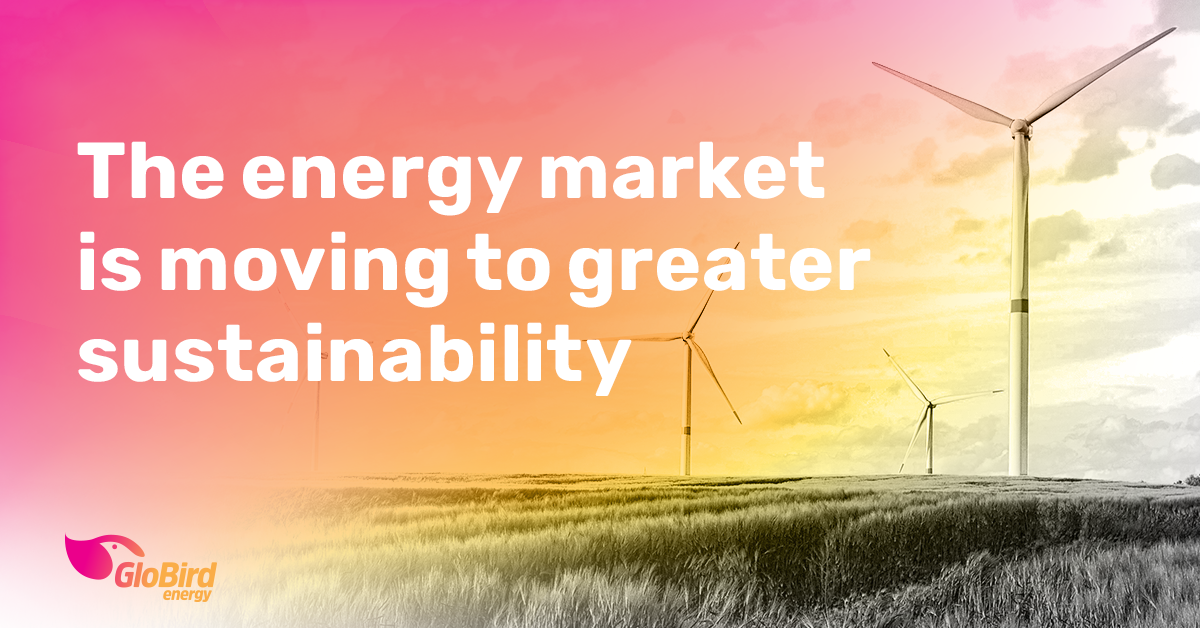It’s clear that Australia is moving toward more sustainable models of just about everything.
Over the past 20 years, we’ve all become far more conscious of things like recycling and limiting the amount of waste we produce, both individually and collectively.
Increased environmental awareness has culminated in bans on single-use plastic products, while manufacturers and retailers alike have made big strides in reducing the amount of packaging they use as well as making it more biodegradable.
Meanwhile, the internet has facilitated a whole new model of consumerism, with eBay, Gumtree, and Facebook Marketplace making it easy and common to sell things we no longer need, rather than throwing them out.
And, of course, in our industry, we’ve seen Australian households lead the world in the rate of adoption of rooftop solar arrays – even if, as a nation, we’re not quite the world leader we could be in terms of large-scale generation and supply from renewable sources.
The challenge is only getting bigger
Over the next quarter century, we’re going to need more of everything, so we really need to keep making every aspect of Australian business and society more efficient and more sustainable.
Demographers predict that Australia’s population will increase by 60% between now and 2050, to around 38 million people, with Sydney and Melbourne expected to reach around 7.7 million citizens each.
To accommodate the needs of this much larger population, we’ll not only need another 6 million homes, but also many millions of square metres more retail and office space, and several hundred thousand additional places in both childcare and retirement homes.
No matter how carefully we tread, needing that much more of everything is going to have a significant impact on the environment.
The Energy Industry is doing much of the heavy lifting
Each year, more and more renewable energy is being brought online and coal-fired power stations are being decommissioned – in some cases ahead of schedule.
As the energy industry is in this transition phase, the objective of balancing reliability, affordability, and sustainability is more challenging than it has been in the past and will be once newer systems are more bedded down.
The fact that some of the impacts of the transition are less than ideal is not unexpected when a change of such magnitude is being managed against all the competing voices.
What part is GloBird Energy playing?
Because GloBird isn’t a generation company, there’s a limit to how much we can influence where our energy comes from so we can’t claim to be a carbon-offset company, nor that we are a green company.
We do, however, offer some excellent value energy plans for customers who are focused on sustainability. For example, GloGreen is an energy plan that offsets the carbon associated with it through the purchase of carbon certificates.
With the GloGreen plan, we calculate the greenhouse gas emissions generated and buy an equivalent number of credits from a project that removes, reduces, or prevents greenhouse gas emissions from being released into the atmosphere.
The greenhouse gas emissions are calculated from relevant emissions factors published by the Australian Government. In relation to electricity consumption the Scope 2 and 3 emissions factors will be used to calculate the relevant emissions. In relation to gas consumption the scope 1 and 3 emissions factors is used to calculate relevant emissions.
The concept means that the emissions released are cancelled out by an equivalent amount of emission-reduction activity – hence carbon offset.
Carbon certificates are different to renewable energy certificates. Renewable Energy Credits are certificates that allow you to claim that the electricity you use came from a renewable resource with low or zero carbon emissions. GloBird does not offer a renewable energy certificate product at this stage.
Energy retailing is an evolving landscape, too
Just as the sources of our energy generation are in a transition phase, so is the retail landscape.
GloBird Energy was established to be a lean, adaptable, efficient, local business not only to offer a great value alternative to the large, established multi-national retailers, but to provide the sort of competition that we believe is vital to making everyone else in the industry lift their game.
Since we opened our doors, we have seen some growth in the number of retailers you can choose from as well as the range of energy products being offered.
Of course, that means more competition for us, but we welcome that. We want the industry to get better at everything we do, and we believe that the move to more sustainable, more responsible, and better value energy offerings is being accelerated due to that level of competition.
The outcomes for both consumers and the planet are already improving and will continue to.
